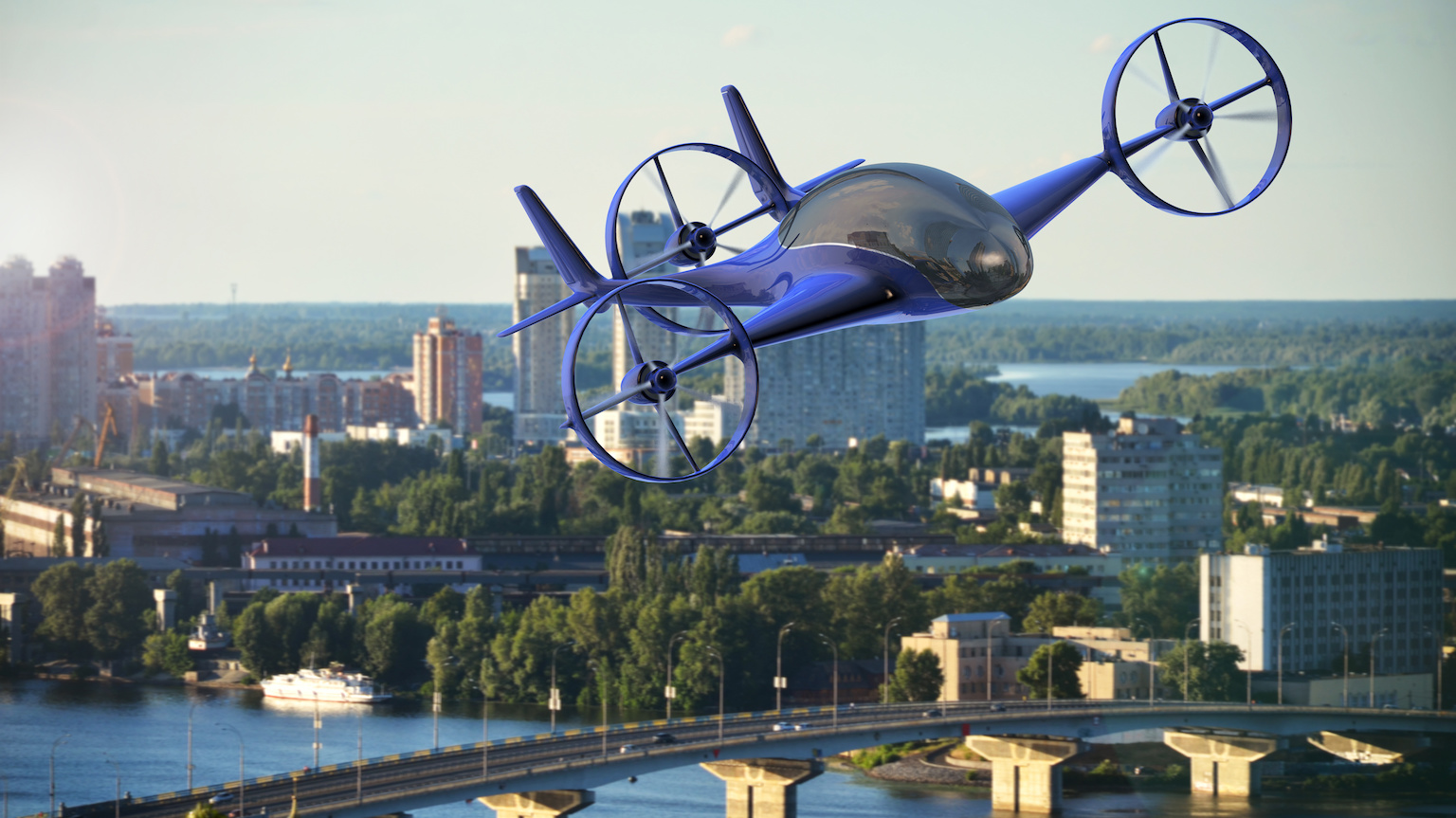
[ad_1]
With the ongoing transformation to electric mobility, aerodynamics are playing an increasingly important role in the automotive industry. As a general rule, a lower drag coefficient means a more efficient vehicle, which in turn means more range at a single charge of the battery. But aerodynamics are also important for performance vehicles – be they electric or combustion – and Ford proudly presents its new aerodynamic wind tunnel.
The so-called Rolling Road Wind Tunnel isn’t just a classic wind tunnel where large amounts of air are accelerated toward a vehicle. Ford’s new facility also features a vehicle-sized treadmill, which is capable of simulating wind and road surface speeds of up to 200 miles per hour. According to the automaker, this setup provides more accurate data for both wind drag and downforce compared to standard wind tunnels.
While air resistance is obviously important for all types of vehicles – Ford says it will use the tunnel during the development of its next-generation electric, hybrid, and gas models – downforce is a key aerodynamic component for performance vehicles. The latest generation Mustang in Dark Horse specification was among the first products of the brand to be tested in the new facility. As a result, the pony car gained an available Gurney flap (as well as other aero elements), which is attached to the rear spoiler and helps generate additional downforce at high speeds.
“We spent approximately 250 hours in the wind tunnel developing the 2024 Ford Mustang which includes Dark Horse,” program aerodynamicists for Mustang and Bronco, Jonathan Gesek, comments. “The aerodynamics of Mustang Dark Horse along with several other factors have created the most track- and street-capable 5.0-liter Mustang to date.”
Ford says the new aerodynamic testing facility will help the automaker accelerate the process of designing vehicles as it can simulate road tests in-house. The rig uses a new five-belt rolling road system, which makes it easier for the automaker to simulate real-world driving scenarios without actually taking the vehicle to the road.
[ad_2]
Source link




